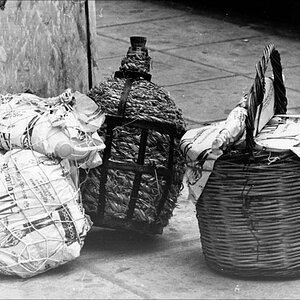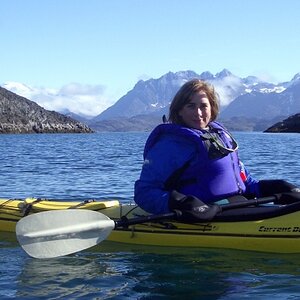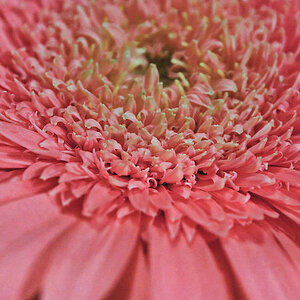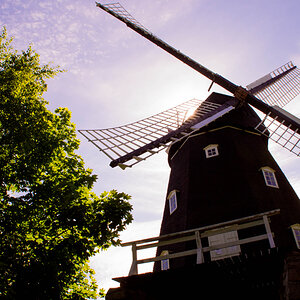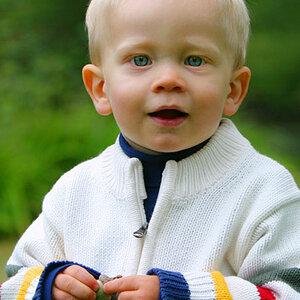Shinden
TPF Noob!
- Joined
- Mar 2, 2022
- Messages
- 41
- Reaction score
- 39
- Can others edit my Photos
- Photos OK to edit
Hi cool peoples! I look forward to learning from and improving with all of you while I embark on my photographic journey But I do start this with a question and a bit about myself in the process. So this is an introduction and a topic at the same time, I hope that's okay. I'm not great at forums, lol. I'll get better at this as I do it. Anyway...
Figuring that a lot of people here have quite a bit of experience with digital cameras, do any of you have suggestions for high quality camera system (body + lens ecosystem) for someone coming into the 21st century from the 1980s? I may be 24yo, but I've been learning photography on my dad's 1980 Canon A-1 35mm film camera. The A-1 is great, and I'm doing some work to make it bring it back into spec by replacing the light seals and cleaning it up. The A-1 got me hooked, and I love shooting on film, I'm an Analogue Man still using a flip phone, but I'm getting kind of tired of having to wait 2-5 weeks to see the pictures that I've shot.
I'm willing to save up for a decent camera that will last me for 10 years making top computer monitor resolution images.(at least 4K, 8K preferable I think... still figuring that out) I like shooting nature, cars and airplanes as my main subjects with other stuff scattered in here and there. I like the idea of a full frame sensor so that the FOVs remain similar to what I'm used to with the A-1. I started looking into this when the Canon R3 hype train was going, but that camera is probably a bit beyond my budget and not exactly for my use case. I've been watching videos on the Gordon Laing YT channel and doing some research on my own. I like the performance stats of the Canon R5, but I feel like I would take five to ten times as long to set up a shot if I have to navigate all of those menus rather than just turning the dials on the lens for focus and rapidly changing my Av/Tv with just my index finger without taking my eye from the view finder. The mechanical nature of the A-1 is easy for me. Are their any high quality cameras that don't seem to require me to go into menus to change these settings? And I misunderstanding the R5's system based on my inability to get my mom's EOS M100 to do what I want? Any suggestions and help would be great. I don't believe in brand loyalty, just in getting the best camera for the person using it, and at this point, I'm just lost on how to do that. I just want something that will compete with the better or maybe out perform the best film rolls that I can buy if it turns out that just competing is actually not that hard. I have some friends with some of the older cropped sensor cameras from about 10 years ago and their performance is similar to low-mid end film rolls that I can get. I don't want to feel like I'm stepping down to go digital. At this point I don't know if I'm making sense, or if what I'm looking for is out there, but if anyone knows something, I'm open to suggestion. Thanks for any responses, even if your correcting me on where I should be asking this, that helps too.
Shinden
Figuring that a lot of people here have quite a bit of experience with digital cameras, do any of you have suggestions for high quality camera system (body + lens ecosystem) for someone coming into the 21st century from the 1980s? I may be 24yo, but I've been learning photography on my dad's 1980 Canon A-1 35mm film camera. The A-1 is great, and I'm doing some work to make it bring it back into spec by replacing the light seals and cleaning it up. The A-1 got me hooked, and I love shooting on film, I'm an Analogue Man still using a flip phone, but I'm getting kind of tired of having to wait 2-5 weeks to see the pictures that I've shot.
I'm willing to save up for a decent camera that will last me for 10 years making top computer monitor resolution images.(at least 4K, 8K preferable I think... still figuring that out) I like shooting nature, cars and airplanes as my main subjects with other stuff scattered in here and there. I like the idea of a full frame sensor so that the FOVs remain similar to what I'm used to with the A-1. I started looking into this when the Canon R3 hype train was going, but that camera is probably a bit beyond my budget and not exactly for my use case. I've been watching videos on the Gordon Laing YT channel and doing some research on my own. I like the performance stats of the Canon R5, but I feel like I would take five to ten times as long to set up a shot if I have to navigate all of those menus rather than just turning the dials on the lens for focus and rapidly changing my Av/Tv with just my index finger without taking my eye from the view finder. The mechanical nature of the A-1 is easy for me. Are their any high quality cameras that don't seem to require me to go into menus to change these settings? And I misunderstanding the R5's system based on my inability to get my mom's EOS M100 to do what I want? Any suggestions and help would be great. I don't believe in brand loyalty, just in getting the best camera for the person using it, and at this point, I'm just lost on how to do that. I just want something that will compete with the better or maybe out perform the best film rolls that I can buy if it turns out that just competing is actually not that hard. I have some friends with some of the older cropped sensor cameras from about 10 years ago and their performance is similar to low-mid end film rolls that I can get. I don't want to feel like I'm stepping down to go digital. At this point I don't know if I'm making sense, or if what I'm looking for is out there, but if anyone knows something, I'm open to suggestion. Thanks for any responses, even if your correcting me on where I should be asking this, that helps too.
Shinden



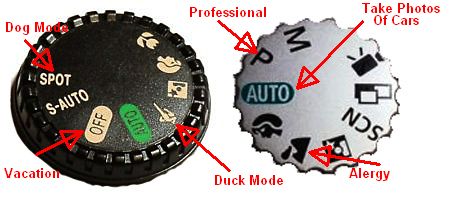
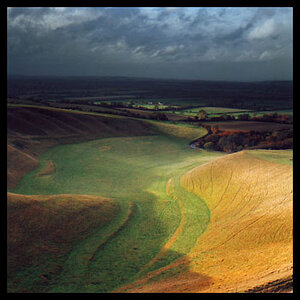
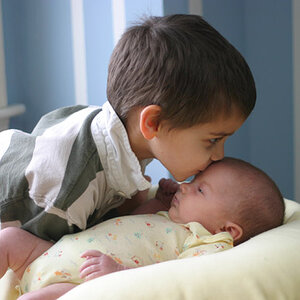

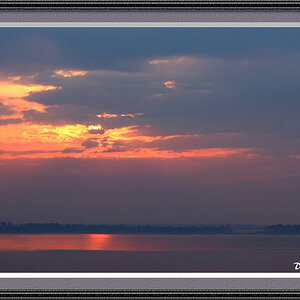
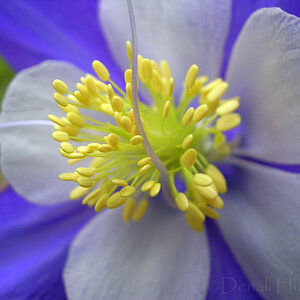
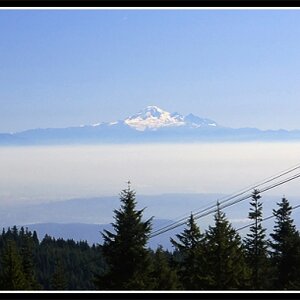
![[No title]](/data/xfmg/thumbnail/37/37124-e3a7364a555409b3504415a982f9dfe0.jpg?1619737883)
